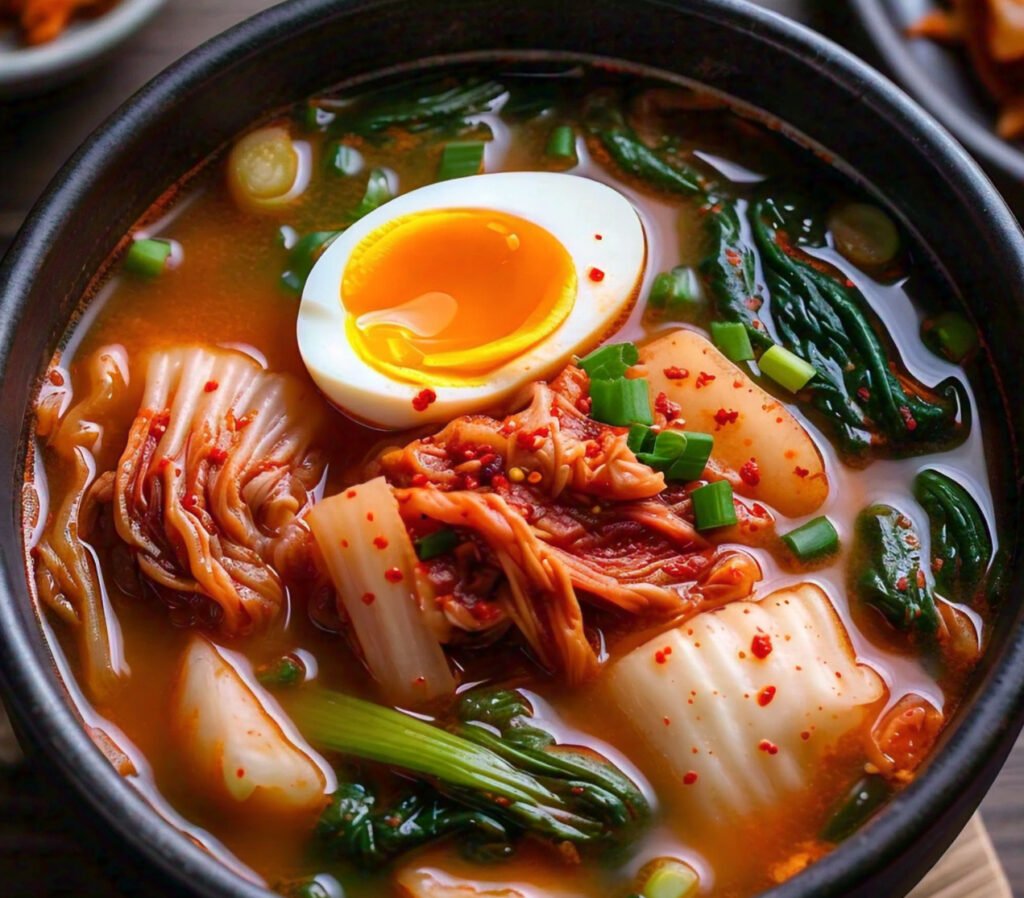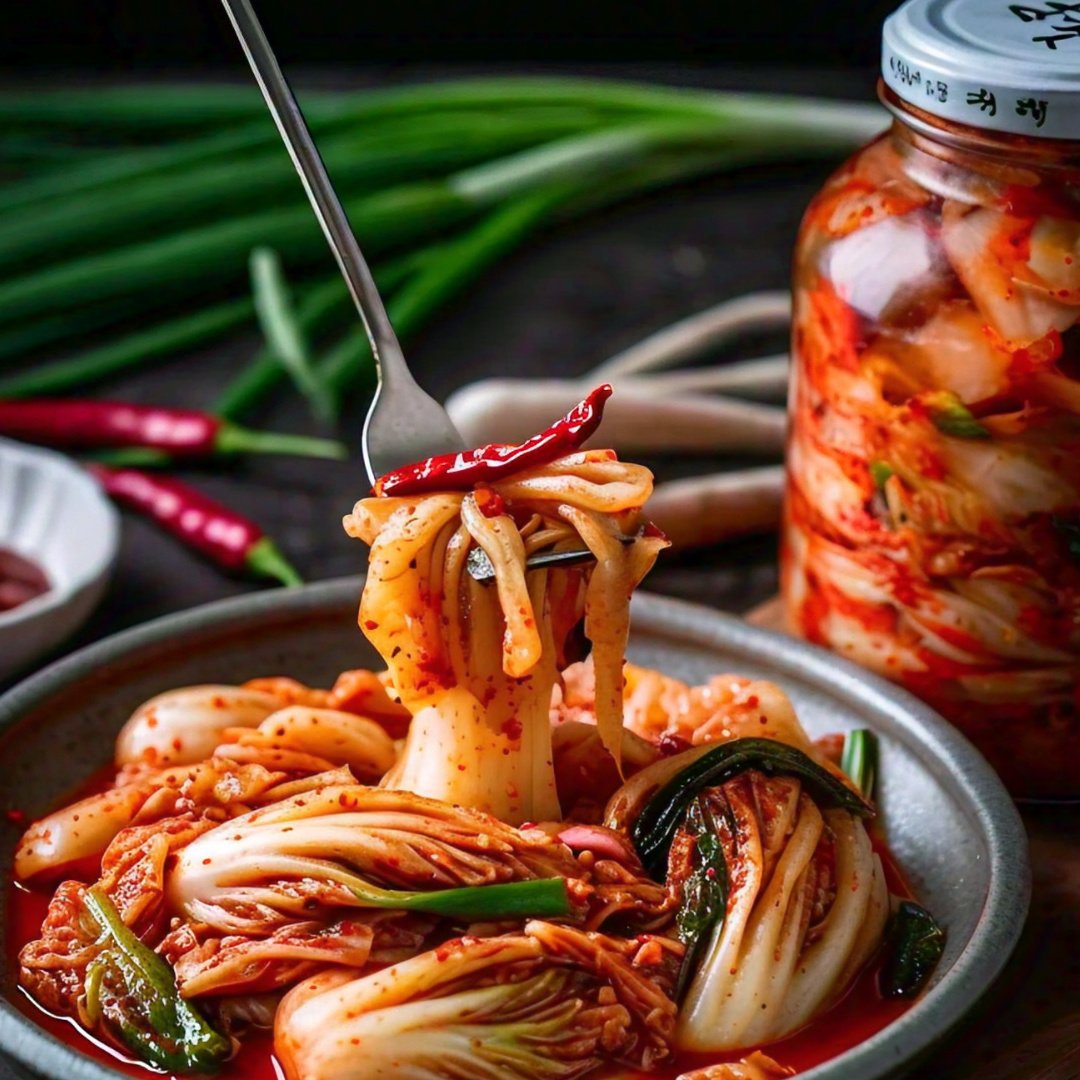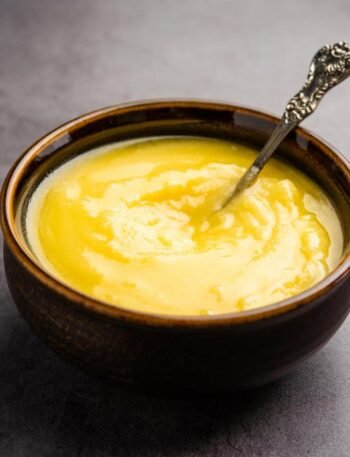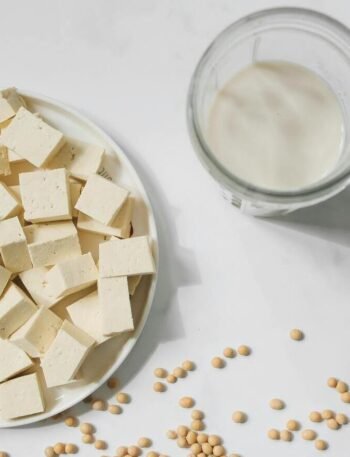Why Kimchi is a Health Trend You Can’t Ignore
Kimchi is a culinary gem from Korea that’s gaining popularity worldwide for its bold flavors and impressive health benefits. This traditional dish, known for its complex taste and probiotic-rich fermentation, has become a favorite in kitchens across the globe.
Whether you’re a fan of spicy foods or prefer something milder, it offers a versatile range of flavors that can complement a variety of meals.
As more people discover its unique taste and health advantages, understanding kimchi’s many forms and uses can enhance your dining experience and boost your nutritional intake.
What is Kimchi?
It is a traditional Korean dish made from fermented vegetables, primarily napa cabbage and radishes. It’s a staple in Korean cuisine and is known for its unique blend of flavors, which include spicy, sour, and umami.
The fermentation process not only gives this dish its distinct taste but also preserves the vegetables, making it a nutrient-rich food that lasts for a long time. It is often served as a side dish in Korean meals, but it’s also used as an ingredient in various dishes like soups, stews, and fried rice.
What is Kimchi Made Of?
The base ingredients for this dish are typically napa cabbage, radish, and a seasoning paste made from ingredients like Korean red pepper flakes (gochugaru), garlic, ginger, fish sauce or salted shrimp, and green onions.
However, there are many variations of it, with some recipes including other vegetables like cucumbers, carrots, or even fruits. The seasoning can also be adjusted to make it spicier or milder, depending on your preference.
The fermentation process is what makes it special. After the vegetables are coated with the seasoning paste, they are left to ferment in an airtight container for several days or weeks. The longer the kimchi ferments, the stronger and more sour the flavor becomes.
Is kimchi Always Spicy ?
No, it is not always spicy. While many varieties of it are made with chili flakes (gochugaru), giving them a spicy kick, there are non-spicy versions like Baek (white) Kimchi that use no chili.
These versions focus on the natural flavors of the vegetables and other seasonings, offering a milder taste for those who prefer less heat.
Are there different types of kimchi?
There are many different types of this fermented korean food, each with its own unique flavor, ingredients, and preparation methods. While Baechu kimchi (made with napa cabbage ) is the most famous, There are over 300 types of it, some popular varieties are:
- Baechu Kimchi ( made with Cabbage)
- Kkakdugi (made with Cubed Radish )
- Oi Sobagi (made with Cucumber )
- Bossam (Wrapped ) Kimchi
- Chonggak Kimchi (with Ponytail Radish )
- Dongchimi (prepared with Watery Radish )
- Baek (White) Kimchi
What Exactly Does Kimchi Taste Like?
It has a complex flavor profile that can be hard to describe in just one word. The main taste is a combination of spicy, tangy, and salty, but it also has an umami depth from the fermentation and fish sauce (or other seafood ingredients).
When you bite into it, you’ll first notice the crunch of the vegetables, followed by the heat from the red pepper flakes, the tanginess from the fermentation, and a savory aftertaste.
As it ferments over time, the sourness increases, which many people find appealing. Fresh kimchi is crunchier and more mild in flavor, while older, more fermented kimchi has a stronger sour taste and softer texture.
The balance of flavors in this dish can vary depending on how it’s made and how long it’s been fermenting.
What is Korean Kimchi?
This is the original and most well-known version of the dish. In Korea,it is not just one dish but a whole category of different fermented vegetables. There are over 200 varieties of it, each with its own unique taste and ingredients. Some regions of Korea prefer spicier version of it, while others make it milder or even sweeter.
In Korea, it is considered an essential part of every meal. It is served as a side dish (banchan) at almost every meal, and many traditional Korean dishes incorporate it as an ingredient.
Beyond its culinary role,this fermented dish is also a symbol of Korean culture and heritage, often made and shared during communal gatherings known as “kimjang,” where families come together to prepare large batches for the winter.
What is Kimchi Good For?

This Korean dish is incredibly versatile and can be eaten in many different ways. It’s most commonly served as a side dish to complement rice, noodles, and meat dishes in Korean cuisine. However, you can also get creative with it and incorporate it into a variety of dishes.
- Kimchi Fried Rice: Stir-fry it with leftover rice, vegetables, and a bit of soy sauce for a flavorful and easy
- Kimchi Stew : Cooking it with tofu, pork, or seafood in a broth for a hearty and spicy stew.
- Kimchi Pancakes: Made by chopping and mixing it into pancake batter and fry them for a savory snack or appetizer.
- Kimchi Tacos: Add this superfood to tacos for a fusion twist with bold flavors.
- Grilled Cheese: Layer it between slices of cheese and bread for a tangy, spicy grilled cheese sandwich.
It pair well with almost anything, from meats and rice to soups and sandwiches. It can be eaten on its own as a side dish, but it also pairs well with a wide range of foods like Saffron Rice , Noodles, BBQ,Eggs, Sandwiches and wraps,
How to Buy Kimchi?
Grocery Stores: Many supermarkets have kimchi in the refrigerated section, especially in international or Asian food aisles.
Korean or Asian Markets: These stores often carry authentic and fresh variety of it.
Online: It is available from various online retailers or specialty Korean food websites, where you can choose between different types and brands.
How to Store Kimchi?
It should always be stored in the fridge, even if it hasn’t been opened, as it will ferment too quickly at room temperature. It’s generally recommended to eat this within 6 months of the manufacturing date.
However, it can often be safely consumed beyond this period, as some varieties can be kept for up to one or two years, and in certain cases, even longer.
For optimal freshness, ensure the kimchi is submerged under the pickling liquid. This helps keep it crunchier and fresher over time by blocking air exposure.
Keep it in an airtight container in the fridge. Always keep it sealed tightly to avoid strong odors in the fridge. Stir it occasionally to distribute the brine.
Find out more! See our top recommended reads.
Eco-Friendly Food Storage Solutions for a Sustainable Kitchen
What is Ghee: The Ultimate Guide to Ghee
10 Essential Tips to save Time In The Kitchen
10 Amazing Health Benefits of Adrak (Ginger)Halwa






